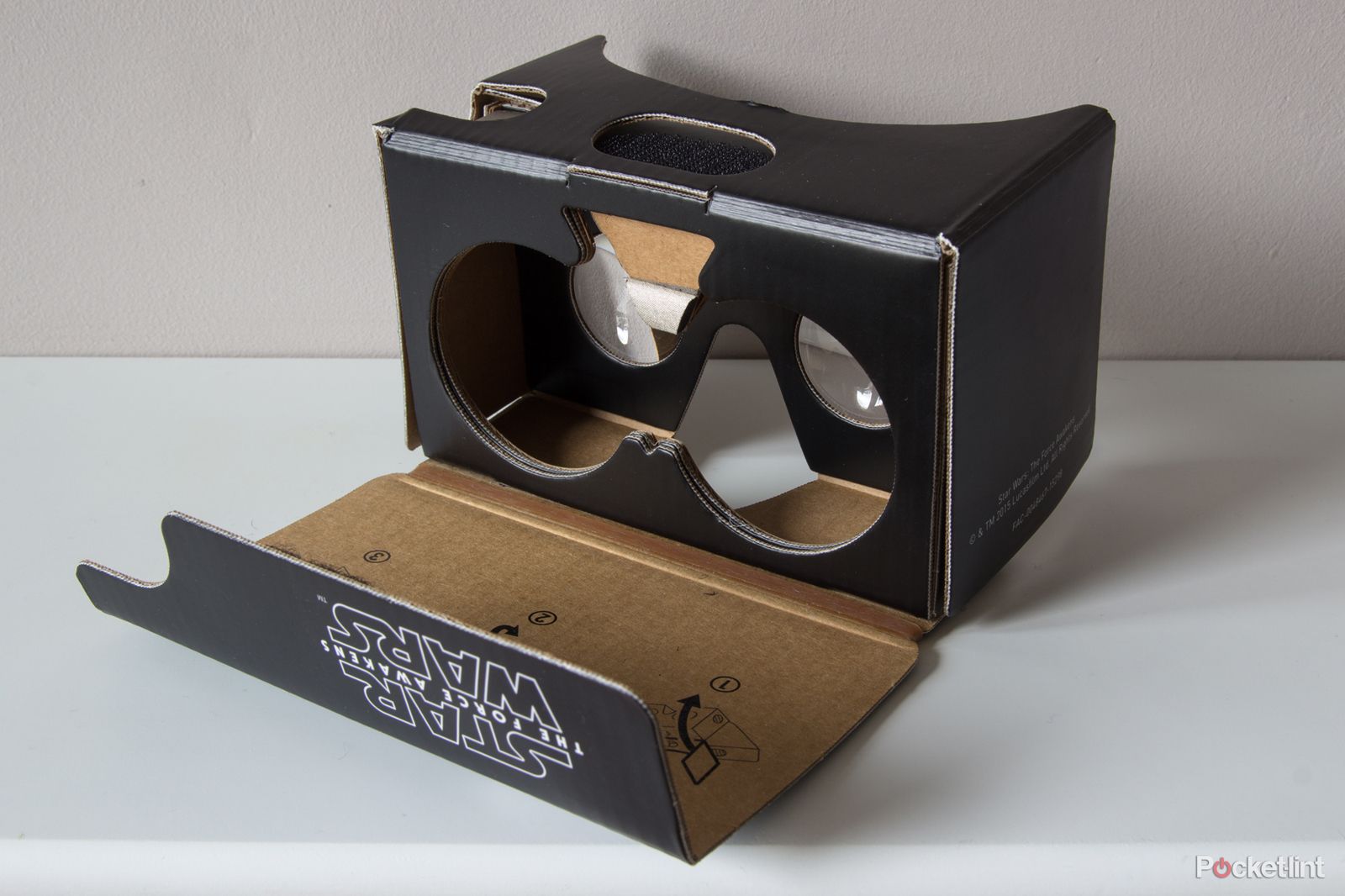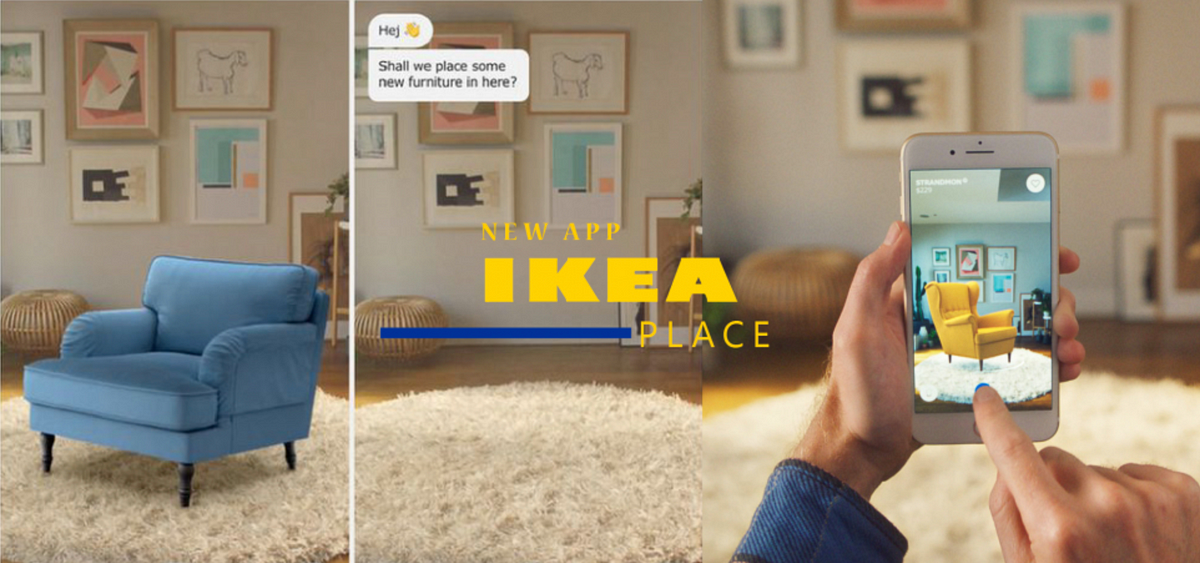PP1 Mobile Apps
Mobile apps that use Virtual Reality (VR) and Augmented Reality (AR) are revolutionizing how we interact with technology, offering immersive experiences and enhancing real-world environments. VR apps create fully digital environments where users can interact with 3D worlds using a headset and controllers.
What is VR?:
Virtual Reality (VR) is a technology that creates a fully immersive, computer-generated environment that simulates a real or virtual world. Unlike Augmented Reality (AR), which overlays digital information onto the actual world, VR completely replaces the actual world with a virtual world, stimulating the senses and the feeling of "being there" in a virtual world.
Google Cardboard:
Google Cardboard is an affordable virtual reality (VR) platform developed by Google, designed to provide users with a simple and accessible VR experience. Released in 2014, Google Cardboard is a foldable cardboard viewer that uses a smartphone to create the VR experience. Users simply insert their smartphone into the viewer, which has lenses that help project the phone’s screen into a 3D space, allowing for VR-like experiences. The Cardboard viewer works by taking advantage of the phone’s display and sensors, such as the accelerometer and gyroscope, to track movement and orientation. When users move their heads, the app responds by adjusting the view, creating the sensation of being in a virtual environment. It served as an introduction for many users to the world of virtual reality, laying the groundwork for more advanced, standalone VR headsets in the market today.
GOAT:
Perhaps the most striking feature of the GOAT app is its Augmented Reality (AR) feature, which allows customers to virtually try on sneakers before purchasing them. The feature uses AR technology to overlay digital photos of shoes over the user's real environment, so they can see how a pair of sneakers would look on their feet without having to try them on. With just the use of the smartphone's camera, consumers can "try on" shoes and get a better sense of their style, fit, and how they match with their attire.
Buy and Sell Authentic Sneakers, Apparel, and Accessories | GOAT
IKEA:
Through AR technology, IKEA Place enables users to visualize furniture and accessories in real-time via the phone camera. Users can point the camera at a room or specific spot and see how different pieces of furniture—such as sofas, chairs, tables, and lamps—will fit in their environment. This feature is especially helpful for consumers who are not entirely certain of the fit, shape, or size of a product in their surroundings since it provides an in-real-life preview of what the product will actually look like in the real setting.
Launch of new IKEA Place app – IKEA Global
Pokémon Go:
The game uses AR technology to superimpose Pokémon onto the real world, which players can view through their phone cameras. Players are able to view Pokémon in real-world environments such as parks, streets, or landmarks when they glance at their phone screens. The game uses GPS to track the player's movement and position, and when a player reaches a specific location, a Pokémon can be present to catch, and it gives a feeling of adventure and discovery.
Conclusion:
Overall, Virtual Reality (VR) and Augmented Reality (AR) mobile applications are changing the way we interact with technology, bridging the gap between the digital and physical realms. VR applications present users with engaging experiences that transport them to totally new environments, either for play, learning, or practice. AR applications, though, enhance our daily surroundings by placing virtual objects upon the real world, offering handy uses in shops, location-detection, and games.


Comments
Post a Comment